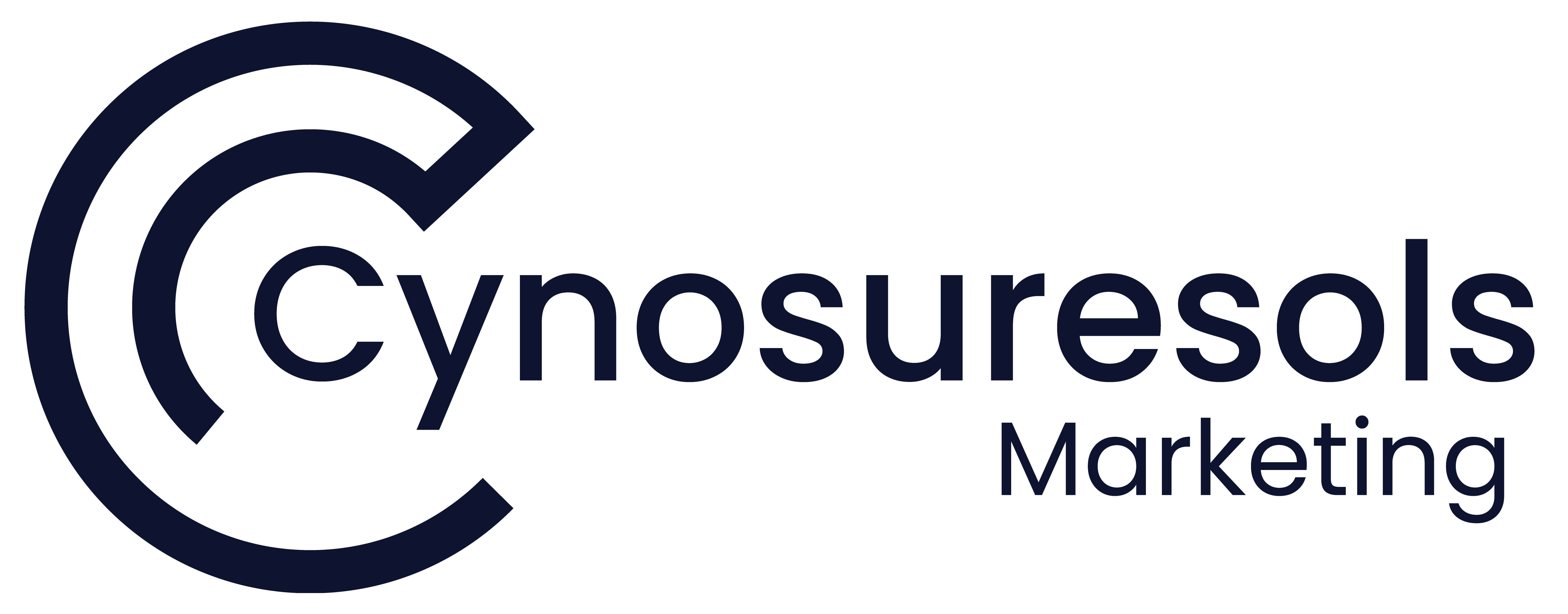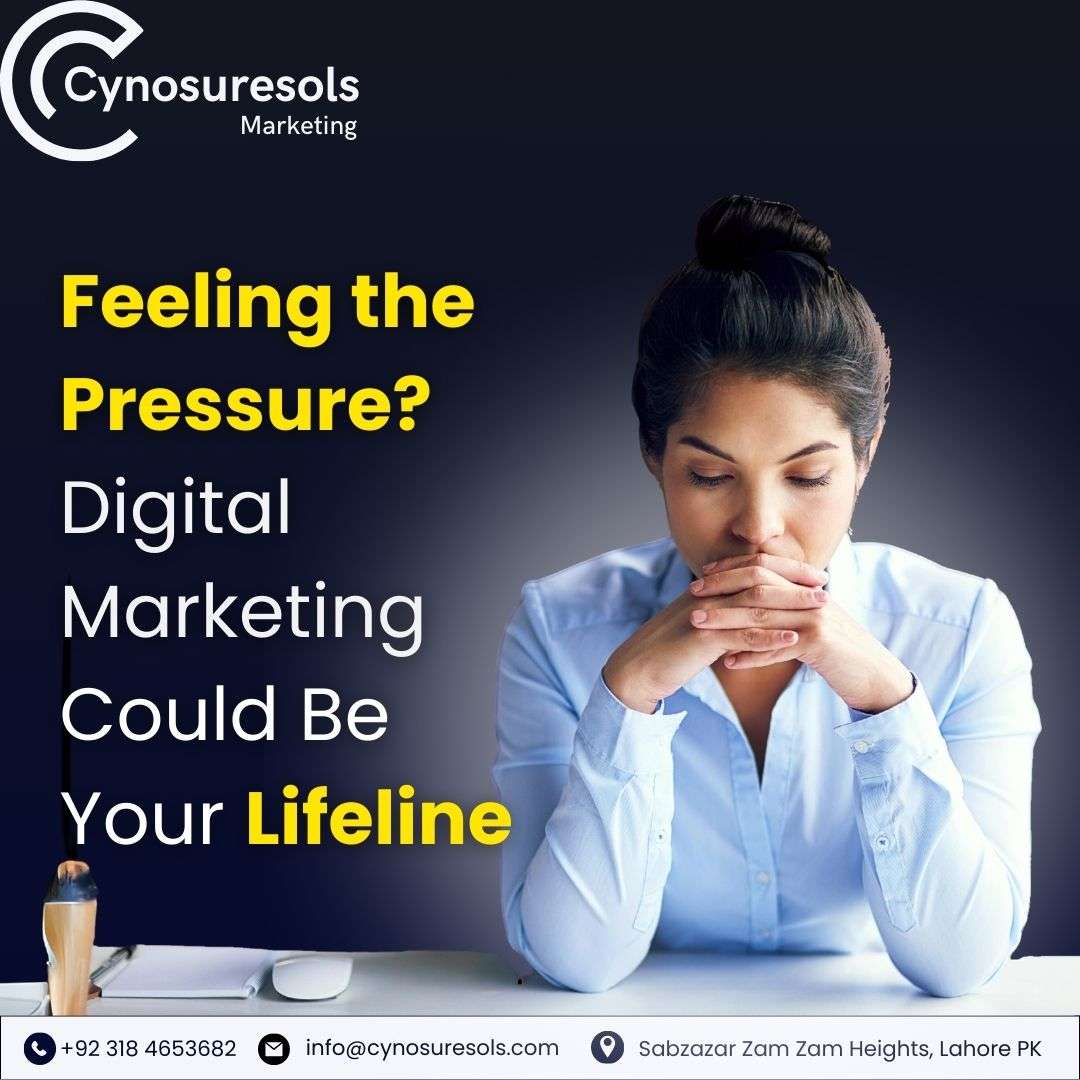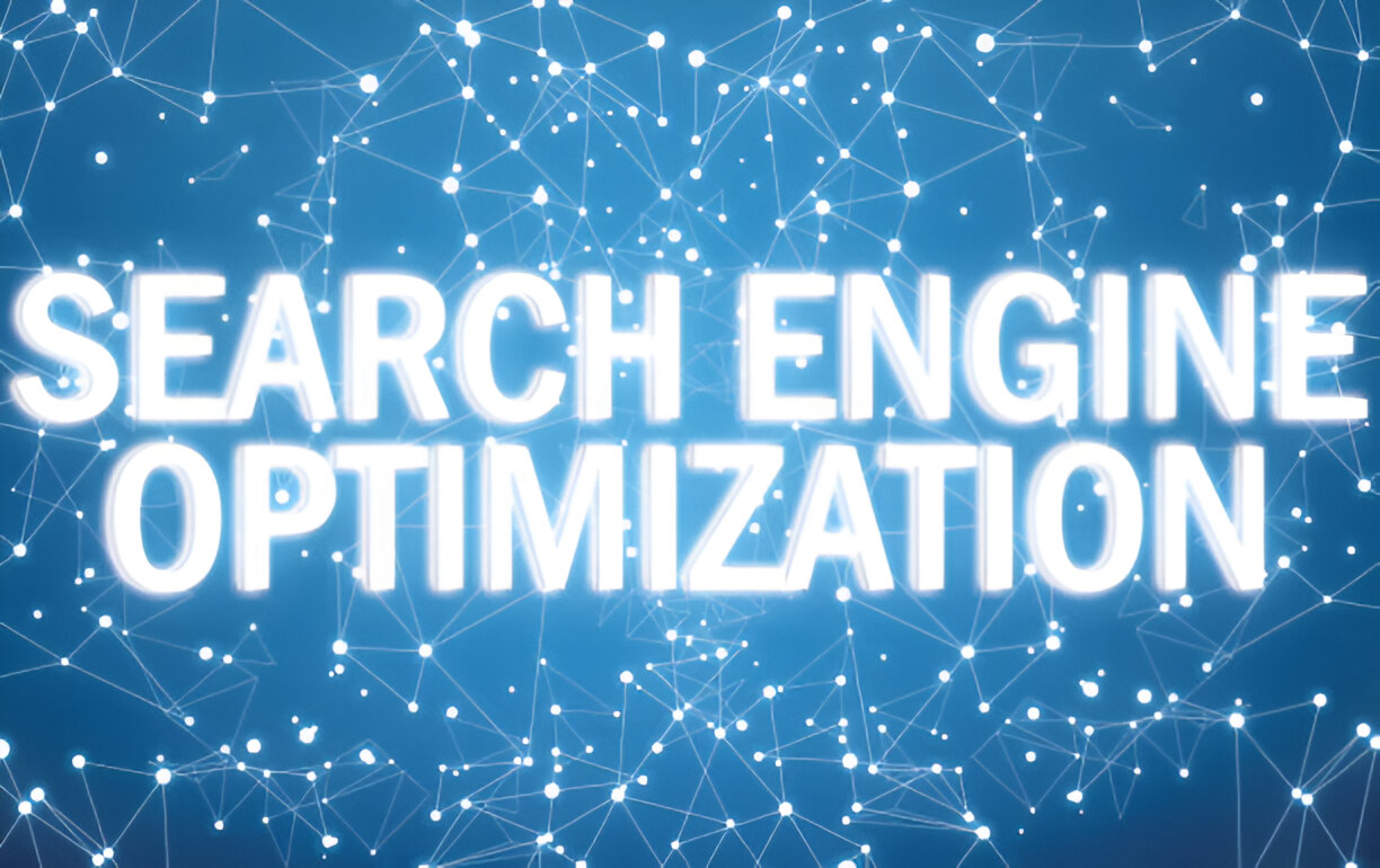It often takes considerable effort to create a visually appealing website on the one hand and one that runs smoothly on the other. But all the same, with the proper strategy and a blueprint, one can design a site that is as aesthetically pleasing as it is operationally effective. In the following tutorial, we will explain the most important processes that would lead you to create an attractive and engaging website that would delight the viewers as well as perform its functions properly. If you are paving your first website or just want to improve an existing site these tips will prove useful.
Understanding the concept of website development
Website development refers to the process of designing, constructing, and managing websites. It covers many activities that include web construction, web page construction, web application construction, client or server-side scripting, and setup of security protocols for networks among others. Understanding exactly what web development is will determine your overall strategy for building a proper website.
As construction of such a site is beautiful or professionally designed so that users of the site get the good experience of site usage. That being said, let’s look at the trenches starting with the first one.
Planning Your Website Structure
The first element of constructing the look of a website is to design the framework of the site. This concerns the choice of the site’s webpages which include: home, about, service, blog, and contact among others. Knowing what paths the process should include helps to reduce complexity at every turn and have a comprehensible result.
As in each type of planning, the audience you have in mind should be considered when planning. What are succinct answers to the question as to what they need from your site? This way you can decide the kind of content that you need to provide your visitors and the layout that will work best for your site. Meaning that every user’s hour spent on the website will be catchy and they will not stress while looking for the menu.
Free Website Templates and How to Choose Them
The graphics, layout, and colors of your website all greatly influence how the users will perceive it. An astonishing design of the GUI must be not only beautiful but also must convey the message of the brand. Some of the guidelines include the following: simplicity, cleanliness, and minimal whorish looks, modernity. Do not use crowded designs since they are confusing to users.
Website Functionality and User Experience (UX)
Of course, design plays its role, however, the functionality look is utterly vital as well. Loading times of your website should be fast, it should be easy to navigate, and must be fully responsive. Users who use slow or poorly navigable sites will be discouraged and this leads to high bounce rates.
There should also be clear buttons – like “Call me now” or “Try our services” – so those interested are met with no difficulties. These guide visitors towards taking useful actions on your site. The aspect of user experience slightly determines whether or not a visitor will continue to linger on a website. Focusing on usability makes a visitor’s experience with your site a pleasant one.
SEO and Website Performance
It is almost impossible to manage a website that has no proper SEO. Website optimization involves fixing your site to be compatible with SEO to size for search engine indexing such as Google. Some keywords should be included in the content of your site and these are the title tags, the meta description, and headers.
Furthermore, one should not ignore the question of mobile optimization. Most Internet users browse websites with the help of portable devices, therefore your site has to be optimized for viewing on such gadgets.
Content Management System Selection
This process of managing your site is important in choosing the right CMS. With a CMS at your disposal, you can upload content quickly, make changes to your design, and perform routine updates with relative ease. Some well-known examples of CMS platforms are WordPress, Shopify, and Joomla. All of them have benefits so use the one that would best fit the goals of the website you have.
Testing and Launching Your Website
But in real life, before starting up, one needs to make sure that all aspects of the site have been to the test. This involves the testing of such elements as how fast the particular page takes to load, the ability of the page to respond to touch, and other testing on links. This makes it easier to detect any problem that might hinder user interaction once the site is live.
It will be fitting to go live after testing has been done. But the job does not finish right there. When it comes to site updates and maintenance, you should be cautious, as it can be the key to your site’s functionality, as well as its security.
Conclusion
Website design and development process includes several phases namely planning and analysis, designing, testing, and launch. As a result, structure, design, functionality, and SEO allow you to build a site that looks incredible while also meeting users’ expectations.
By utilizing this guide to website development and following all the recommendations laid out in this document, you will be able to create a visually and ergonomically pleasant website that effectively contributes to delivering the professional online experience that the users would appreciate.



